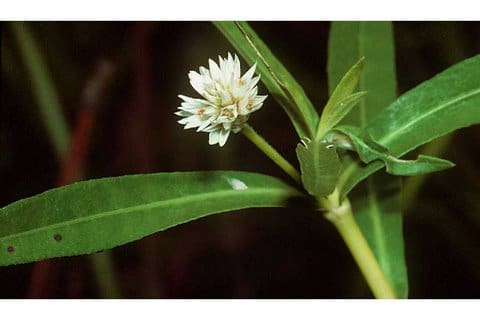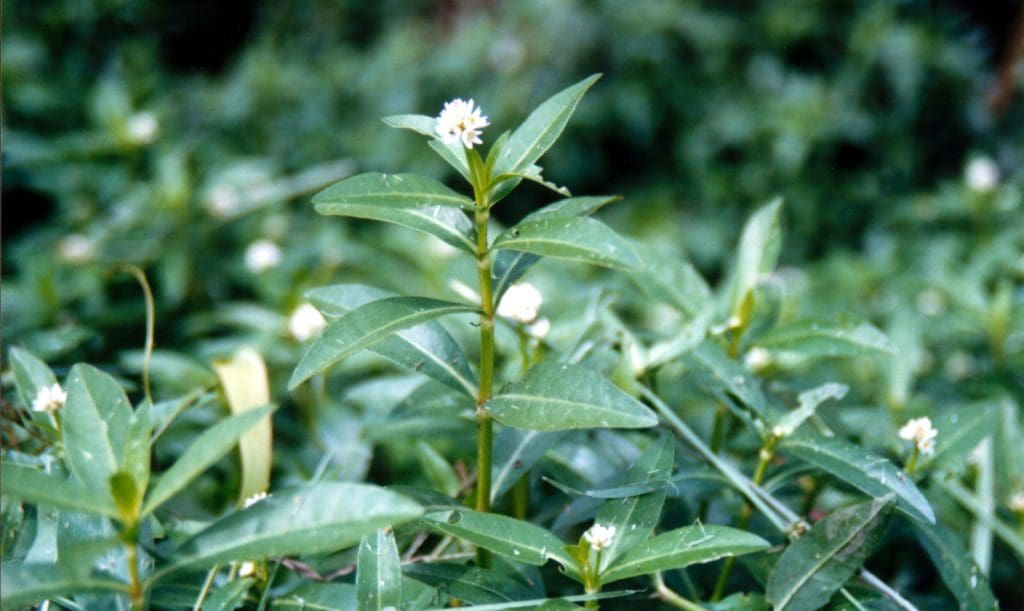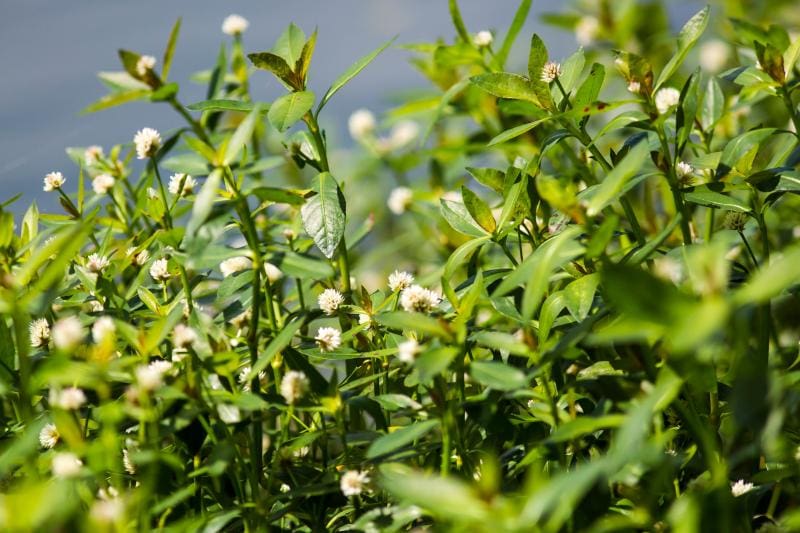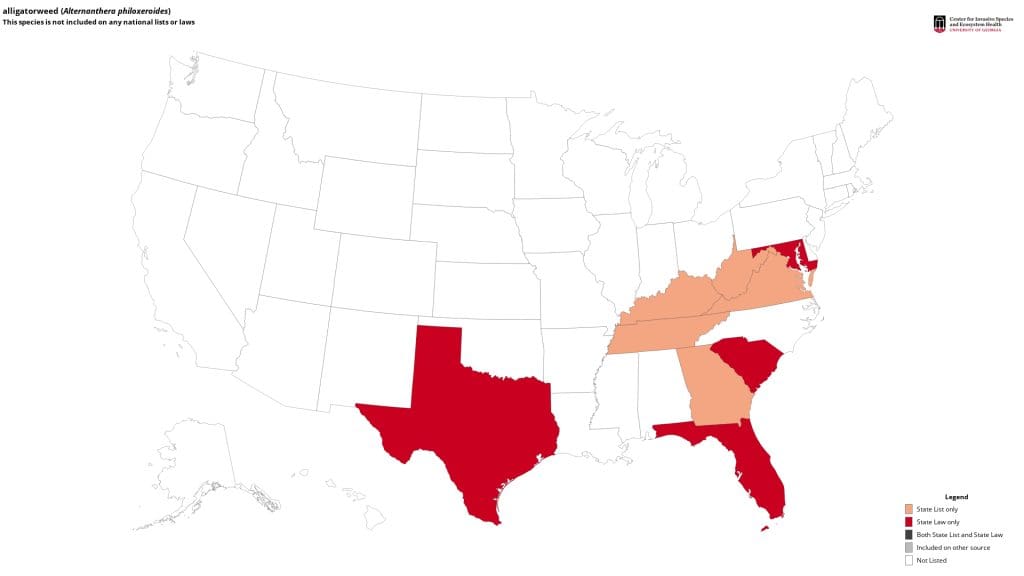Do you ever wonder what you should do if you come across an invasive species like alligator weed in your local environment? Perhaps you’ve spotted a patch of this pesky plant and now you’re unsure how to go about reporting it. Knowing how to properly report sightings of alligator weed is crucial for helping local authorities manage and control its spread.

Understanding Alligator Weed
What is Alligator Weed?
Alligator weed (Alternanthera philoxeroides) is a highly invasive aquatic plant that can wreak havoc on local ecosystems. Native to South America, it has now spread to various parts of the world, including the United States. Its ability to grow both in water and on land makes it exceptionally difficult to control.
Why is Alligator Weed a Problem?
Alligator weed forms dense mats that can clog waterways, out-compete native vegetation, and disrupt local wildlife habitats. Its presence can affect water quality and impede recreational activities such as fishing and boating. Therefore, effective management is imperative to protect the local environment and maintain ecological balance.
Initial Steps Before Reporting
Identifying Alligator Weed
Before you make a report, make sure you can accurately identify alligator weed. The plant has some distinctive features:
- Leaves: Elliptical and opposite with a smooth margin.
- Flowers: Small, white, and form in compact clusters.
- Growth Pattern: Forms dense mats on water surfaces or sprawling across land.
Take Photographs
When you spot the weed, take clear and detailed photographs from various angles. These images will act as evidence and help authorities confirm the plant’s identity. Make sure to capture the distinctive features such as leaves and flowers.
Note the Location
Record the exact location of the sighting. Use GPS coordinates if possible or note down nearby landmarks. This information will assist authorities in locating and assessing the infestation efficiently.
Assess the Size of the Infestation
Observe how widespread the alligator weed is in the area. Is it a small patch or a large mat covering a significant portion of the waterway or land? Estimating the size of the infestation will help in planning appropriate control measures.

How to Report the Sighting
Whom to Contact
Different regions have various local authorities responsible for managing invasive species. Below is a generalized table to guide you on whom to contact:
| Region | Authority | Contact Method |
|---|---|---|
| United States | Local Department of Natural Resources (DNR) | Phone, Email, Online Form |
| Australia | Local Department of Agriculture and Water Resources | Phone, Email, Online Form |
| Europe | Local Environmental Protection Agency (EPA) | Phone, Email, Online Form |
Crafting Your Report
When you’re ready to report the sighting, follow these steps for an effective and comprehensive report:
- Your Contact Information: Include your name, phone number, and email address.
- Description of the Plant: Mention any distinctive features you observed.
- Location: Provide as much detail as possible about the location including GPS coordinates if available.
- Photos: Attach the photographs you took of the sighting.
- Extent of Infestation: Describe how widespread the weed is in the observed area.
- Additional Notes: Any other relevant observations or information.
Sample Report Email
Here is a sample email format to guide you in reporting your sighting:
Subject: Sighting of Alligator Weed at [Location]
Dear [Authority’s Name],
I am writing to report a sighting of alligator weed (Alternanthera philoxeroides) at [location]. Below are the details of the sighting:
- Name: [Your Name]
- Contact Information: [Your Phone Number], [Your Email Address]
- Description of the Plant: [Detail distinctive features]
- Exact Location: [Provide GPS coordinates or landmark details]
- Extent of Infestation: [Describe the size and spread]
- Photos: Attached are photographs of the sighting
Please let me know if you require any further information.
Best regards, [Your Name]
Follow-Up
After sending your report, some authorities may follow up for more information or to confirm the sighting. Be prepared to provide any additional details they might need. Your cooperation will be greatly appreciated and will contribute significantly to the management and control efforts.

Understanding the Response
What Happens Next?
Once you’ve reported the sighting, the responsible authority will usually follow a standard procedure:
- Verification: An official will likely visit the site to verify the presence of alligator weed.
- Assessment: They will assess the extent of the infestation and determine the best control measures.
- Action Plan: Based on the assessment, they will develop and implement an action plan to eradicate or control the weed.
Possible Control Measures
Controlling alligator weed involves various strategies:
- Mechanical Removal: Physically removing the weed, though labor-intensive, is sometimes effective for small infestations.
- Chemical Treatment: Herbicides may be used to kill the weed, but this requires careful application to avoid harming native plants and animals.
- Biological Control: Releasing natural predators like certain types of insects can help control the weed naturally.
Community Involvement
Your role doesn’t end after reporting. Staying informed and advising your community about the dangers of alligator weed can help prevent its spread. Communities can organize clean-up drives and awareness programs to educate others about identifying and reporting this invasive species.

Preventing Future Infestations
Monitoring
Regularly monitor local water bodies and wetlands for signs of alligator weed. Early detection is key to preventing its spread.
Educating Others
Share information with friends, family, and community members about the importance of reporting alligator weed sightings. Organize awareness campaigns or workshops to educate others on identifying and managing invasive species.
Best Practices for Boaters and Anglers
Boaters and anglers can unintentionally spread alligator weed. Follow these guidelines to prevent its spread:
- Inspect and Clean: Always inspect and clean boats, trailers, and equipment before leaving a water body.
- Dispose of Plants Properly: Dispose of any plant material in the trash, not in the water.
- Use Native Plants: Encourage the use of native plants for gardening and landscaping.

Conclusion
Knowing how to report sightings of alligator weed to local authorities is a critical step in preserving the health of your local ecosystem. By accurately identifying the plant, recording detailed information, and following the correct reporting procedures, you can play an invaluable role in controlling this invasive species. Your active participation not only helps local authorities but also contributes to the broader effort to maintain ecological balance and protect natural habitats. Thank you for taking the time to understand the importance of reporting alligator weed and for your commitment to environmental stewardship.